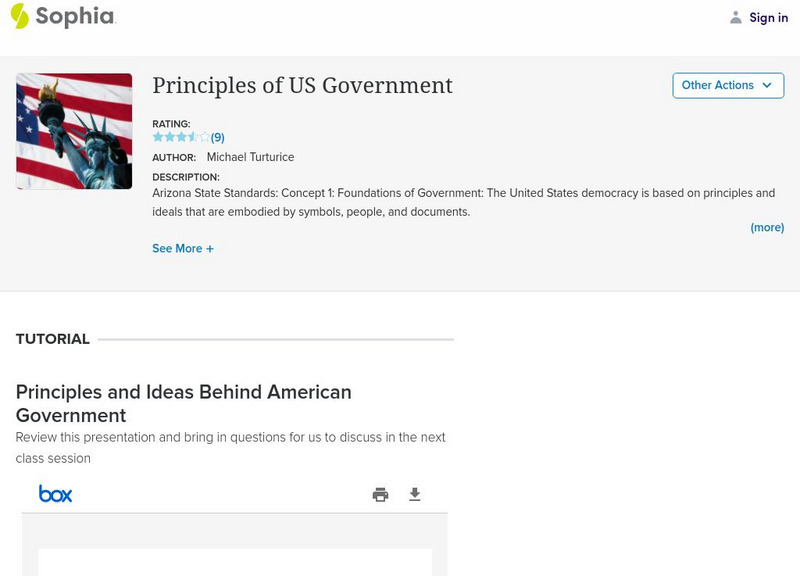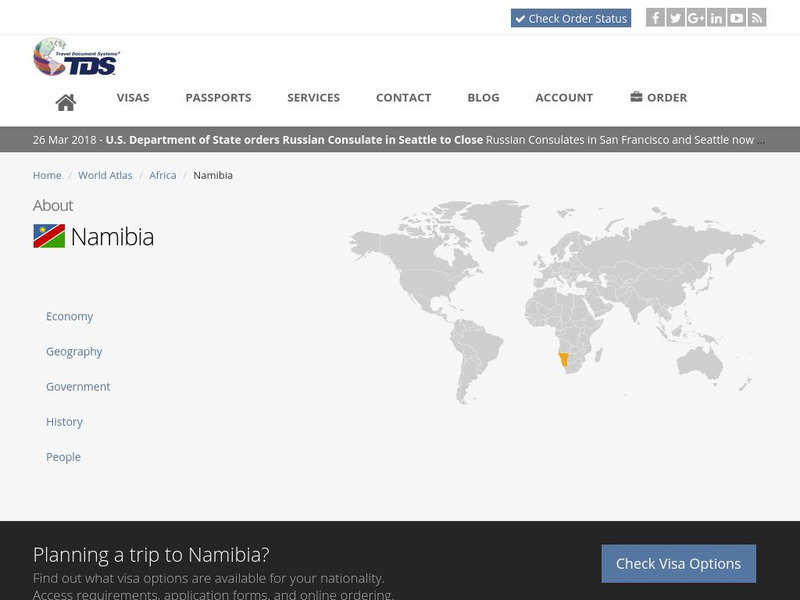Curated OER
Rome's Rise To Power: The Republic
Students investigate the government structure of ancient Rome. In this government systems lesson, students compare and contrast the government of ancient Rome with the government of the United States.
Curated OER
To Be or Not to Be Democratic
Seventh graders explore the democratic republic principles of U.S. government. In this U.S. government lesson, 7th graders compare and contrast the governments of ancient Athens,the Roman Republic, and the United States today. Students...
Curated OER
The Republic; Roman History, Democracy
Students explain the ways in which current American system of government both resembles and differs from the system of government in Rome form about 510 to 264 B.C.
Curated OER
Rome: Republic to Empire
Sixth graders discuss the rise of Rome from a republic to a dictatorship. In small groups, they role-play as congress people debating whether or not to give the president more powers. In another activity, 6th graders produce television...
Museum of Tolerance
The Role of Citizens in a Participatory Democracy
Groups research participatory democracies and compare the role and rights of citizens in ancient history with those in recent U.S. history. Guided by a series of questions, individuals compose a persuasive essay in which they discuss the...
Curated OER
Introducing Elections Unit
Students discover the political parties of our country by participating in a role playing activity. In this U.S. Government lesson, students visit several different classrooms that each represent one of the political parties in the...
Curated OER
A Nation's Voice
Students research the Constitution and the War Powers Act in order to determine what the powers of the government are in times of conflict. They answer a series of questions then write a legal brief either supporting or condemning the...
Curated OER
The Vietnam War 1954-1975
Discuss the full travesty of the Vietnam War. Whether it's for history class, Memorial Day, or Veterans Day, this slide show is sure to make an impact on learners in the upper grades. Vivid images, concise language, and the complete...
American Museum of Natural History
Mint Your Own Coin
Provide young archaeologists with an opportunity to craft their own artifacts. The step-by-step directions in an engaging resource show them how to mint their own coin, complete with image, date, and motto.
Curated OER
Resolving Kennedy's Legacy
Eleventh graders investigate the medical condition that plagued John F. Kennedy throughout his life. In this US History lesson, 11th graders read and analyze uncovered documents in relation to Kennedy. Students write a report...
Curated OER
Geometry of Democracy
Learners explore the architecture of New England by identifying geometric shapes. In this architectural instructional activity, students examine photographs of classic building architecture and use a transparency to trace geometric...
Sophia Learning
Sophia: Principles of u.s. Government
Tutorial presents an introduction to the principles of the United States democratic government highlighting the differences and similarities between Roman and U.S. governments.
Travel Document Systems
Tds: Namibia: Government
Read about the government of Namibia from its independence in 1990 until the current time. You can find a list of the current government officials. Information is from the U.S. State Dept. Background Notes.
iCivics
I Civics: Cradle of Democracy Mini Lesson
No one person invented the kind of government that we have in the U.S. Check out two early governments that inspired the system that we have today: Athenian democracy, and the Roman Republic.
Travel Document Systems
Tds: Libya: History
Read about the history of Libya from its beginnings as a Phoenician outpost through its control by many governments, its eventual independence, and current government. Information is from the U.S. State Dept. Background Notes.
The Dirksen Congressional Center
Congress Link: Lesson Plans
The Dirksen Congressional Center provides abundant lesson plans on all aspects of the US Congress and the US Constitution. All lessons contain time frames, objectives, and links to material, and are built around Bloom's taxonomy.














